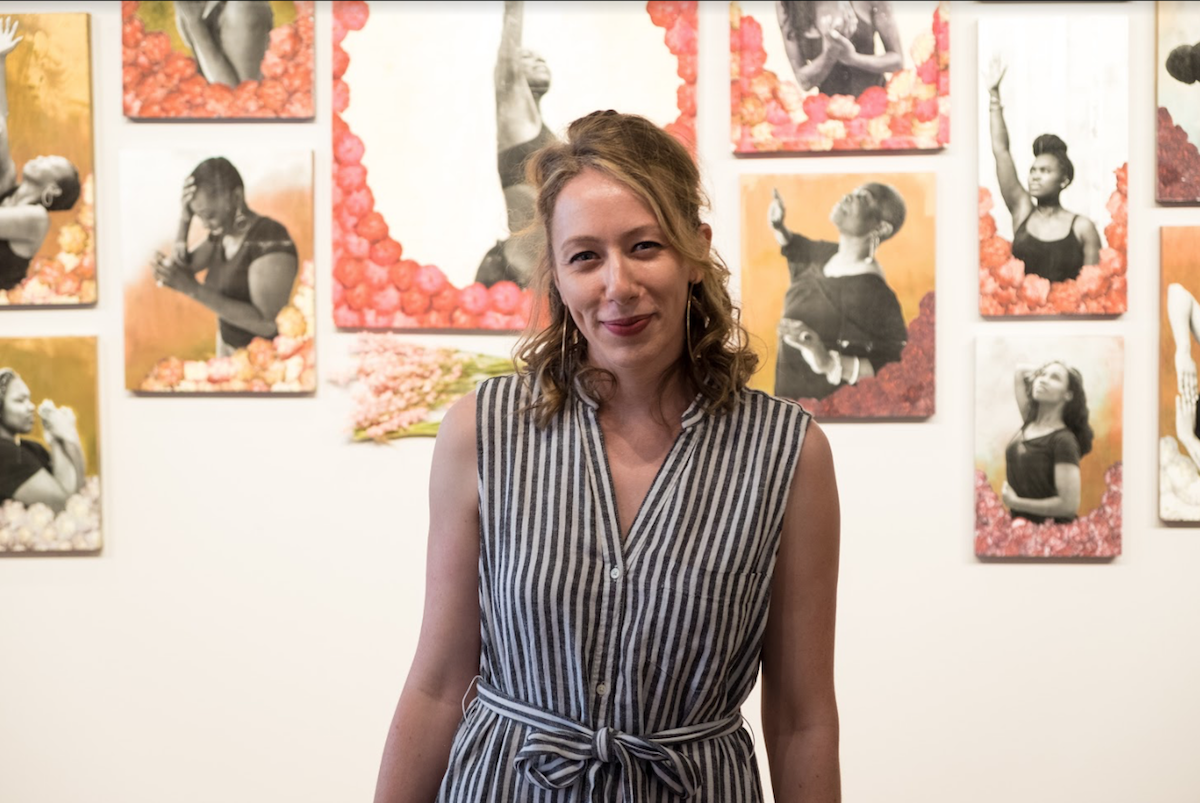Prose Meets Photography: An Interview with Mark Durant by Anthea Harvey-Brown
Mark Durant’s recently published book, 27 Contexts: an anecdotal history in photography, traces the terrains of art criticism, photography, and personal history in a rare prose style that’s erudite, lucid, and emotional all at once. BmoreArt had the chance to talk with Durant about his recent release and ongoing projects.
27 Contexts begins with Durant as child, sifting through his parents’ wedding album in what he describes as his first “conscious esthetic experience.” This first chapter sets the arc for the book, which weaves through adolescence, adulthood, political conflicts, personal conflicts, careers, romances.
“I’m trying to blend photographic history, photographic theory, and my own story in a kind of eclectic mix,” he tells us.

Theory follows aesthetics. 27 Contexts, however, avoids the pedantic jargon that can often make critical writing inaccessible, especially in the realm of theory. He simplifies complex ideas without trimming any of its important tenets. “Photography is ubiquitous — it’s employed in science, in pornography, in art and documentary,” Durant explains. “And I love that. I love that it touches all aspects of cultural activity, to some extent.”
Memorial photography resurrects the past. It can help us frame our histories, unearth the ciphers of a relative, retell stories of our childhood. The paradox of this resurrection is that it often confuses more than it demystifies. As John Berger put it, “the relationship between what we see and what we know is never settled.”
Durant doesn’t try to reconcile this and force some hidden clarity. His writing opens up questions — introduces more light to the frame. It provides clarity without closure.
“I’m not trying to create a language that explains photographs — or acts as stand-in — but is on a parallel path, or an intersecting path, where photographs and words have this sometimes awkward, hopefully graceful dance.”
His insights are as lucid as his prose style, and, unlike many critics, false rhetoric is not one of his problems. One of my favorite chapters, The End, Or Something Like It, walks us through San Francisco streets in an existentialist haze, where “California noir is the evil twin of California dreaming” (99). In a used bookstore, Durant digs up a copy of the magazine U.S.S.R. in Construction, which was a propaganda prop for Stalinist Russia. Drawn to a certain image, he would photograph it, crop and reframe it, then apply text. “I imagined I could liberate the image from its original context and transform it from ideological document to ahistorical allegory,” he writes.

When a camera selects a moment, it makes the ordinary totemic. It can magnify a moment, but it can also threaten closure, or impose some kind of compact representation of time and history. 27 Contexts frees up this conflict, offering an ekphrasis that asks more questions than it answers.
—
27 Contexts is available for purchase online at Saint Lucy, Durant’s website, or at Baltimore bookstores Atomic Books, Ivy Bookshop, Red Emma’s, and the BMA gift shop.







